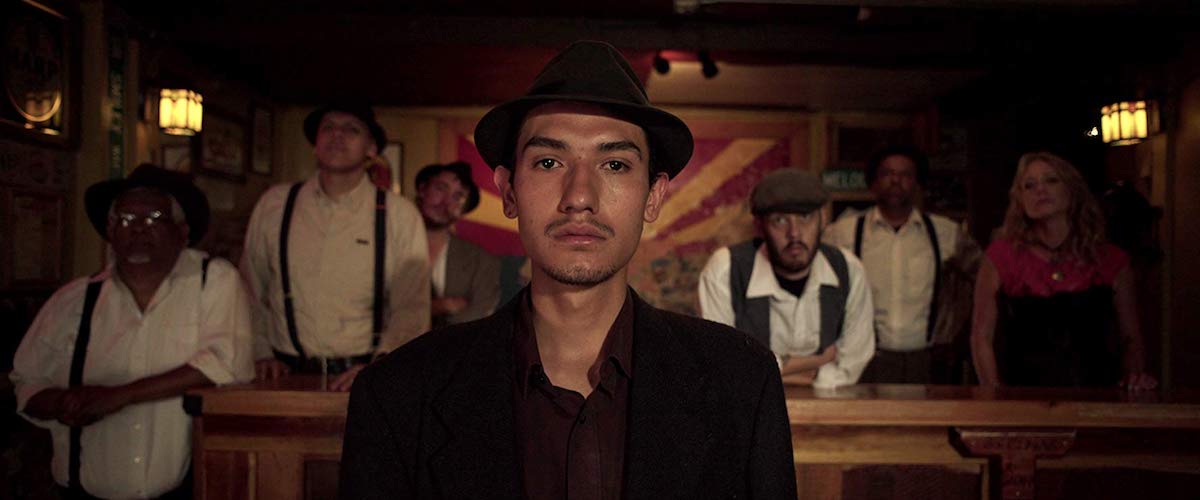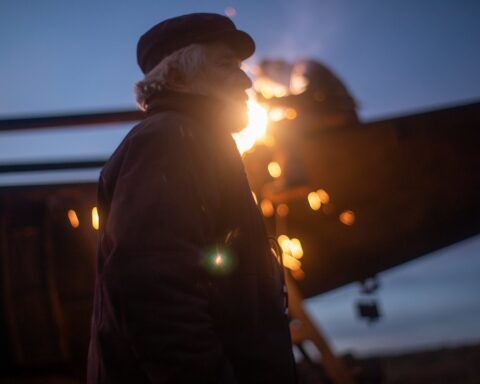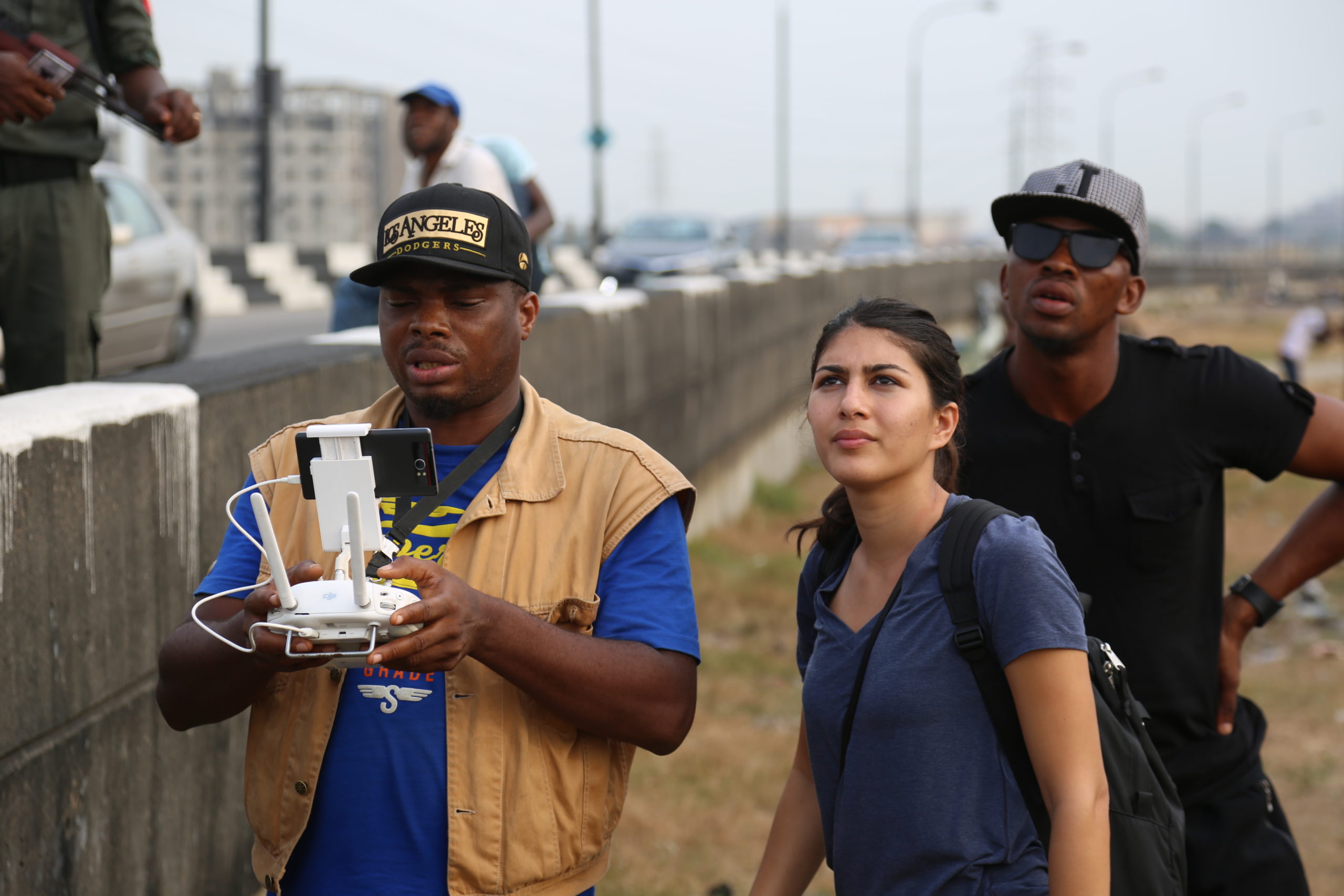Bisbee ’17
(USA, 124` min.)
Dir. Robert Greene
Like Sergei Loznitsa’s Victory Day, Robert Greene’s new film Bisbee ’17 is about the performance of history in the present. And, like Joshua Oppenheimer’s now-canonical The Act of Killing (2012), it engages in a defining trope of the most interesting and pertinent documentaries of the 2010s: filming the nexus of history, performance, politics and power. The film is about a reconstruction of the Bisbee Deportation. Reconstruction is one word for it. Another good one might be excavation.
Bisbee, Arizona, a stone’s throw from the Mexican border and about 20 miles south of Tombstone, was the site of a Phelps Dodge copper mine that, in 1917, became a flashpoint in union activity when the International Workers of the World (IWW) called a strike for better working conditions and higher wages. What happened next combines the spirit of the Wild West with wartime nationalism, Red Scare politics and border-town xenophobia: the county sheriff deputized around 2,000 scabs who worked at the mine and ran the 1,300 or so strikers out of town on a train, abandoning them in the middle of the desert in New Mexico.
Greene’s film does not limit itself to simply telling this story; rather, it’s interested in using the event’s centenary to discover its manifold resonances in the present day. Like The Act of Killing, it does this through re-enactment. But here, the re-enactors aren’t the perpetrators. In some cases, they are their descendants; in other cases, they are town residents; in yet other cases, they are actors from nearby Tombstone. Greene is particularly interested in a young, gay Mexican-American, who seems—whether genuinely or through occasionally heavy-handed aesthetic contrivance—to experience a political awakening over the course of the film.
Though we are told early and often in the film that Bisbee residents were long loath to talk about the events of 1917, the situation seems completely reversed in 2017. People know about it, know the details, have held on to photos and other documents from the time and have opinions about it. What’s jarring is that, though there is some sympathy voiced for the strikers, many “see both sides,” and are probably, reflexively, more sympathetic to the scabs and the sheriff. More than once, though, somebody saying they’re on the sheriff’s side points out that, after all, they are still in Bisbee, meaning they were raised by scabs who wanted to justify themselves. The strikers’ story is lost, and Greene—smartly—does not try to retrieve it. That side is lost in the depths of time; it was the scabs who got to stay in Bisbee, write the history and build the town. The important thing is not to rewrite the past, but to retrieve enough of it to build a better future without so much hate, and the film’s strangely hopeful conclusion suggests the possibility of just that occurring.











